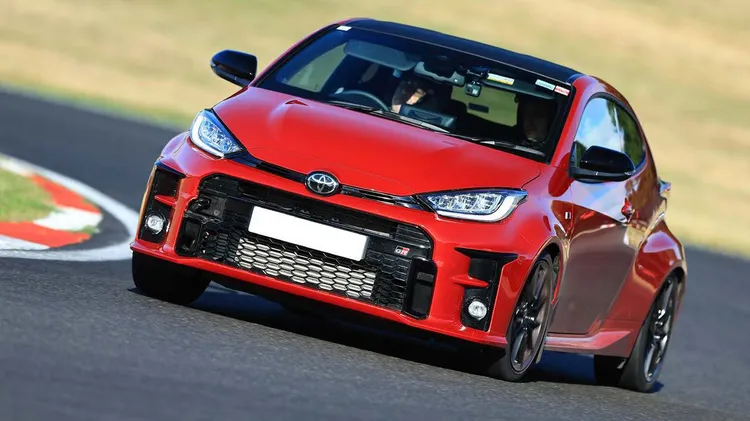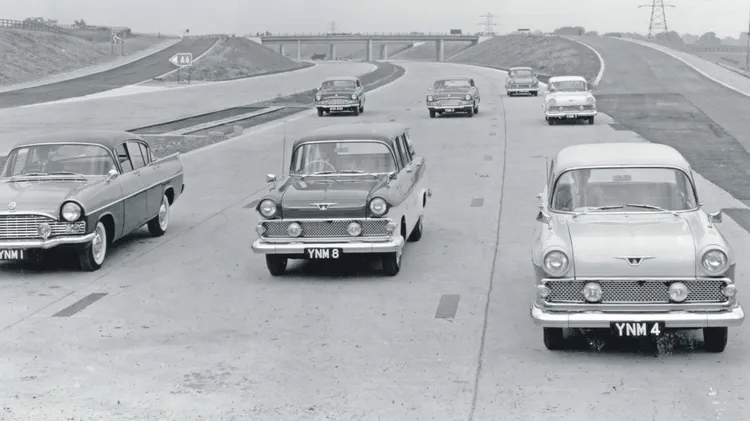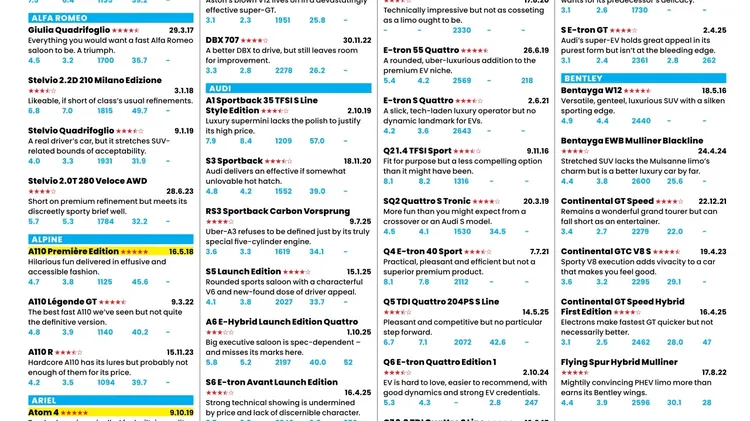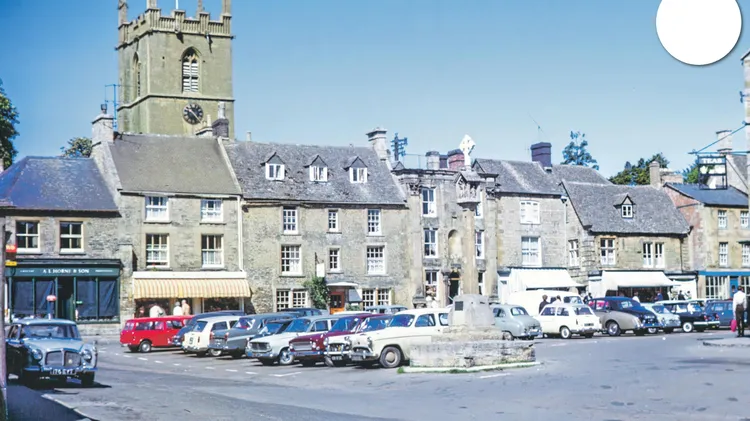How has the driving test changed since its formal introduction 90 years ago?
Driven to succeed
2 min read
This article is from...
Read this article and 8000+ more magazines and newspapers on Readly






